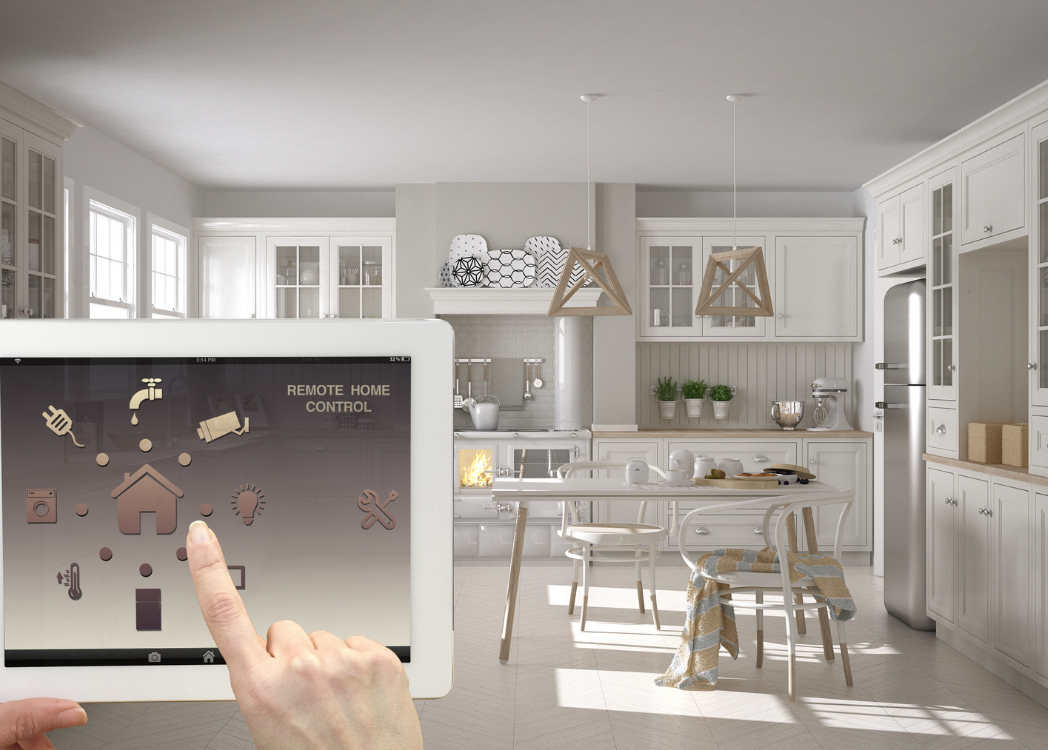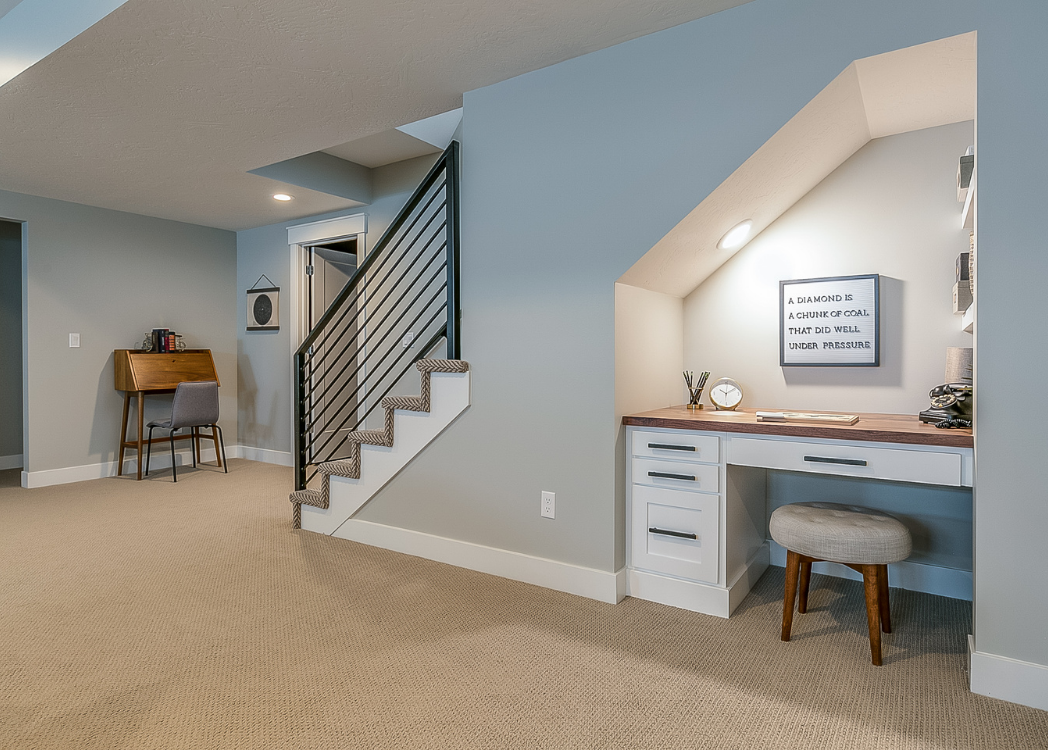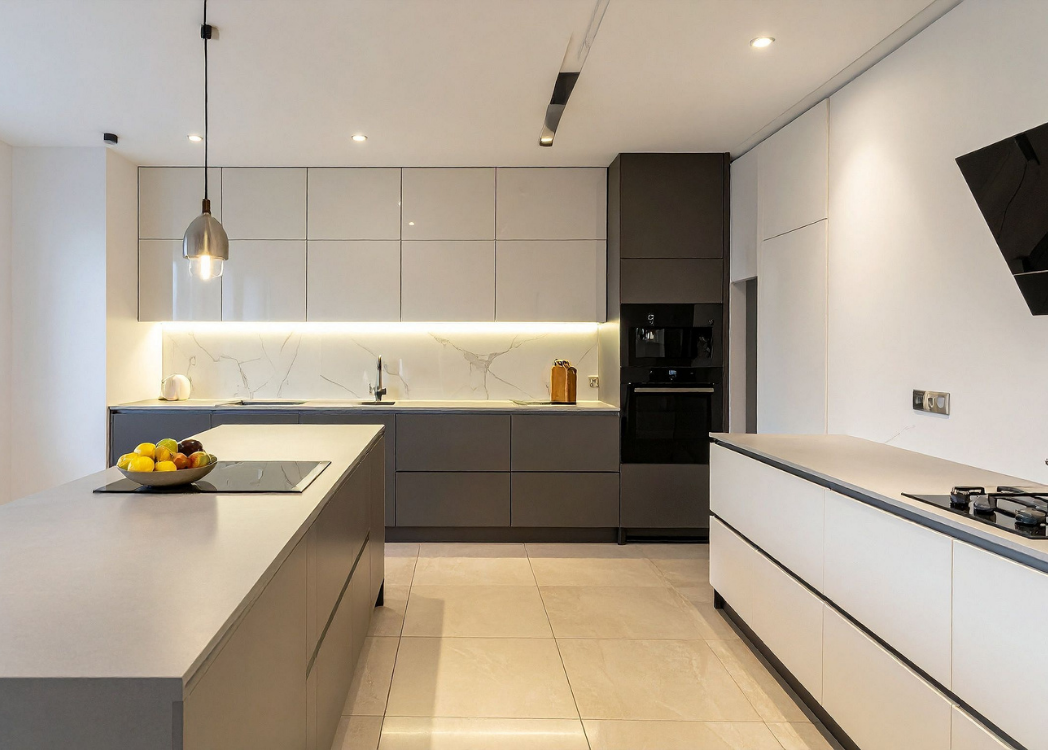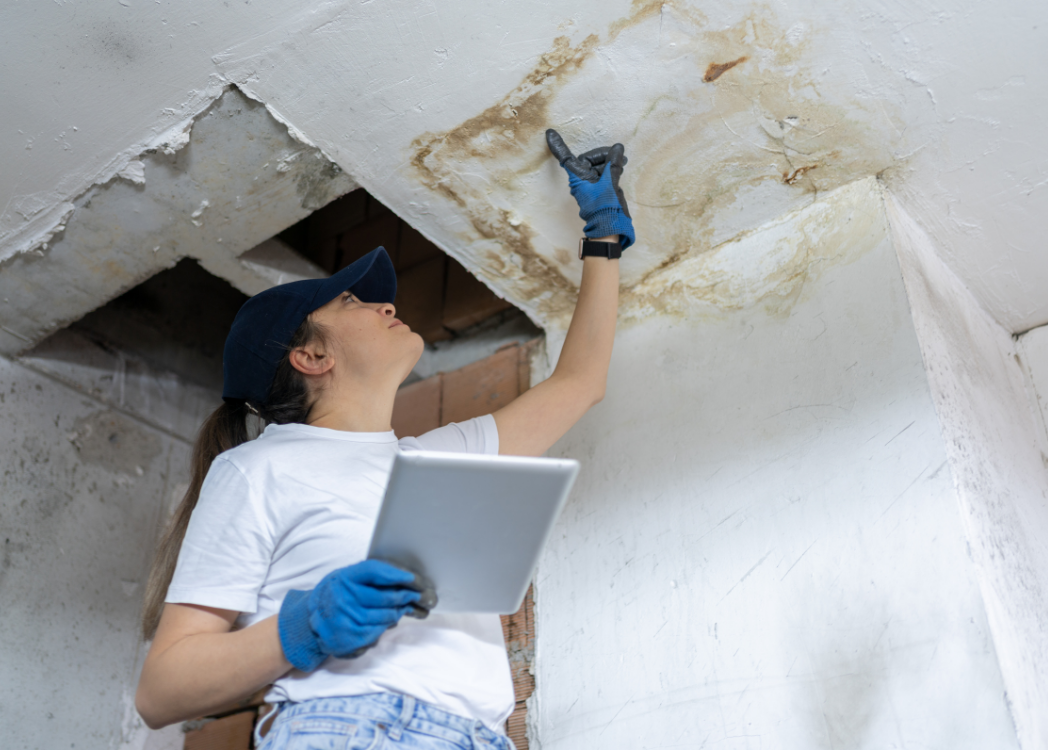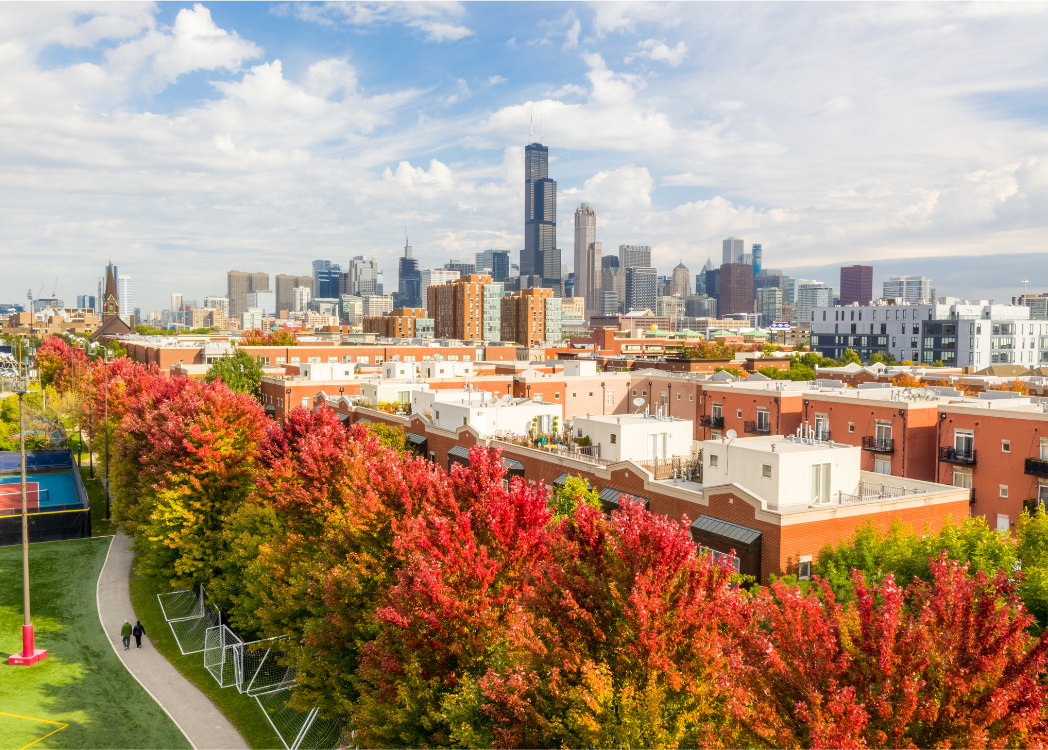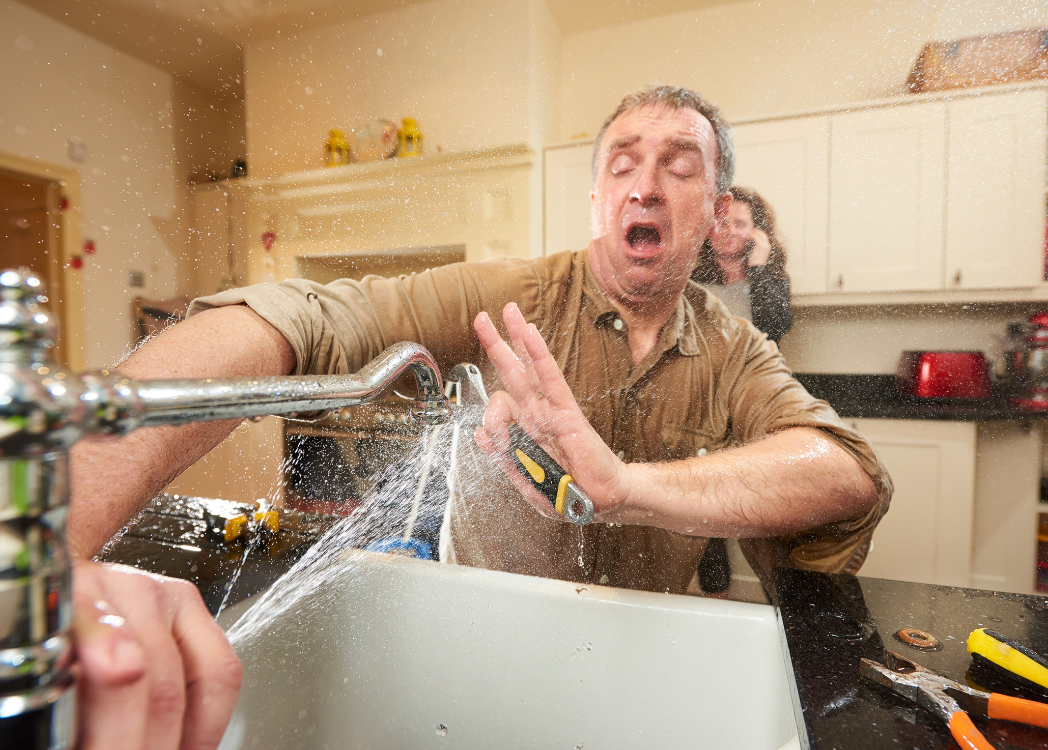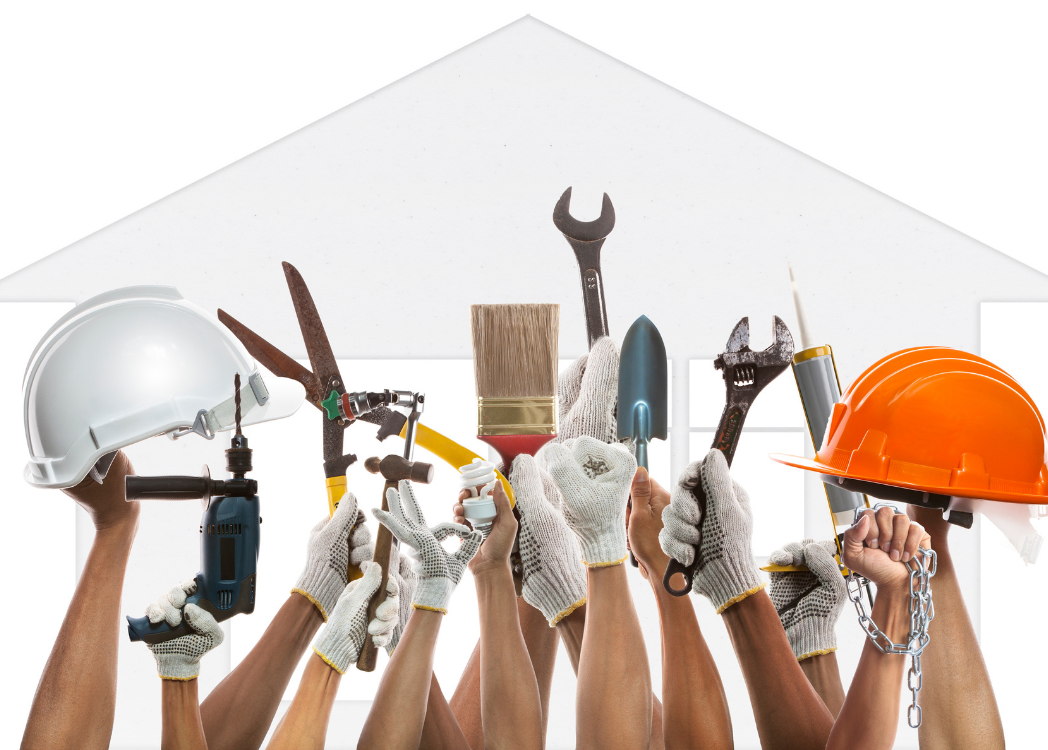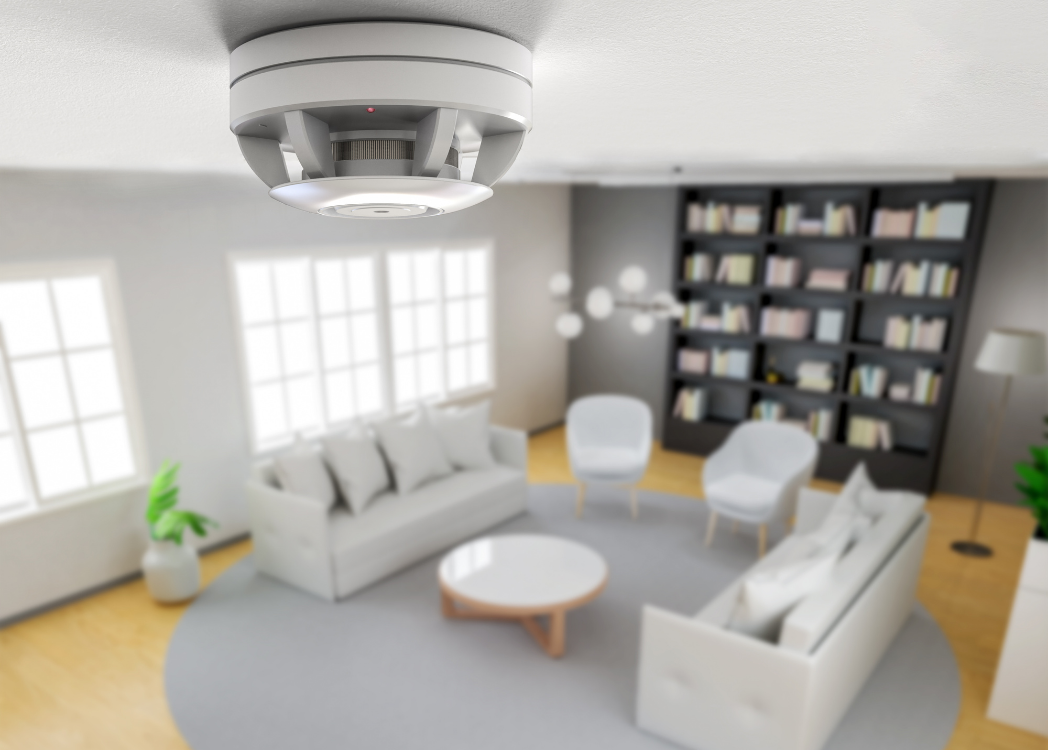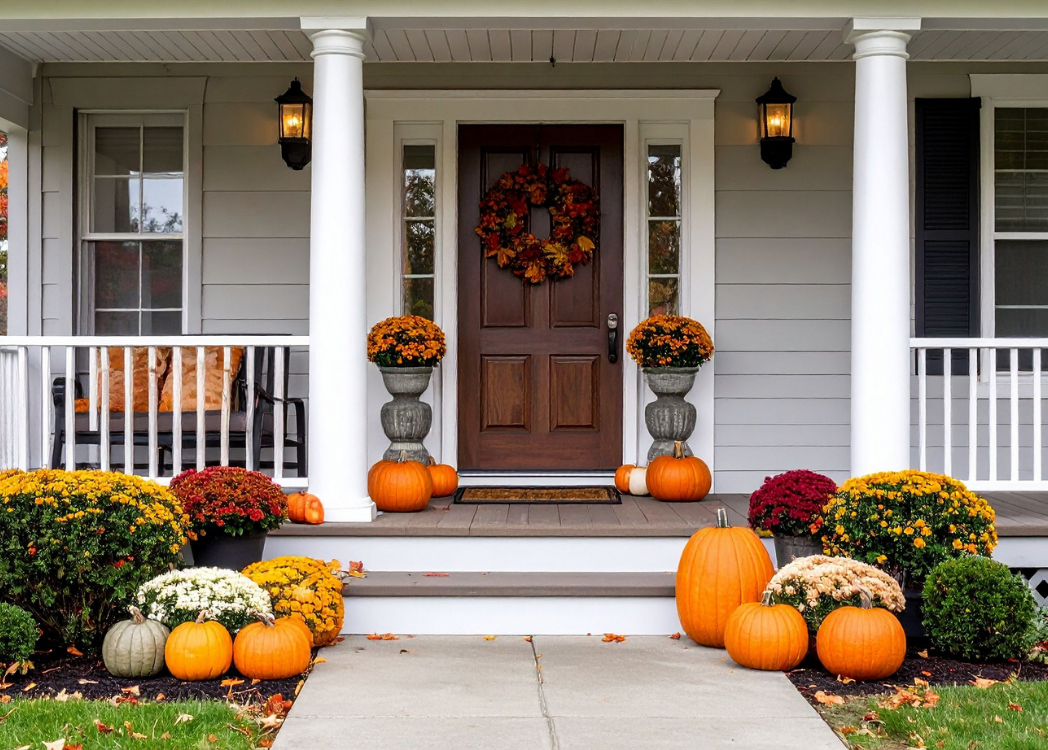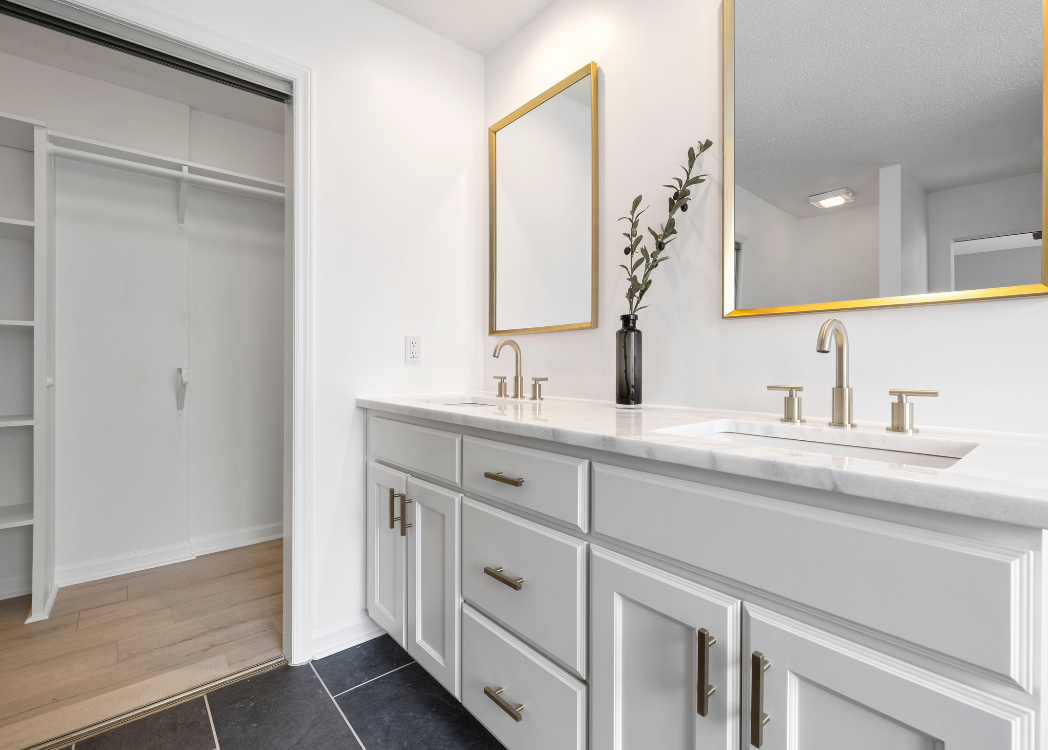Smart Home Add-Ons a Handyman Can Install
From thermostats to leak sensors, discover easy smart-tech upgrades that don’t require major rewiring.
Smart home technology has moved from futuristic novelty to everyday convenience. What used to be the domain of tech enthusiasts is now a standard expectation for many homeowners. From thermostats that learn your schedule to doorbells that stream live video, today’s devices make homes more efficient, secure, and comfortable—and many can be installed without a costly full-house rewire.
This guide explores the most practical smart devices for busy Chicago households, how they work, and what to consider before adding them to your home.
Why Smart Home Upgrades Are Worth Considering
Smart devices offer benefits that go beyond the “cool factor.”
- Energy Savings: Learning thermostats and smart plugs help lower utility bills by adjusting usage automatically.
- Security and Peace of Mind: Cameras, door sensors, and leak detectors send instant alerts to your phone, whether you’re downtown or on vacation.
- Convenience: Voice commands or simple apps can dim lights, preheat ovens, or lock doors without you leaving the couch.
- Resale Appeal: Homes equipped with integrated technology often stand out in competitive real estate markets.
For Chicago residents, who face long winters and dramatic temperature swings, energy management and remote monitoring are especially valuable.
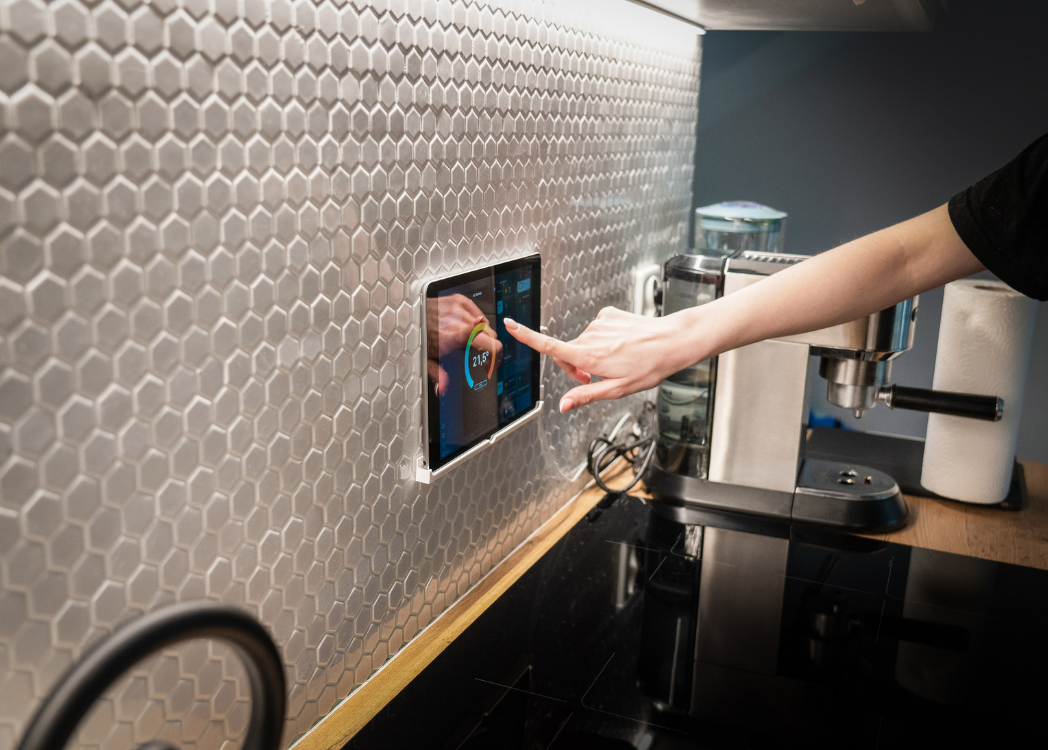
Must-Have Smart Devices
Smart Thermostats
These devices learn your schedule and adjust heating or cooling automatically. By lowering temperatures when you’re asleep or away, a smart thermostat can cut heating costs significantly—an advantage during harsh Midwest winters.
Video Doorbells and Security Cameras
High-definition cameras with motion sensors let you see who’s at the door and even speak to them in real time. Many models integrate with existing doorbell wiring, making installation simple & straightforward.
Leak and Water Sensors
Placed near water heaters, washing machines, or under sinks, these small sensors alert you the moment they detect moisture—helping you avoid expensive water damage.
Smart Lighting
Smart bulbs and switches can be scheduled or controlled remotely, offering both energy savings and security. You can simulate occupancy when traveling or adjust brightness to suit different activities.
Smart Plugs and Outlets
Turn regular appliances into smart ones by plugging them into Wi-Fi–enabled outlets. Schedule coffee makers, lamps, or space heaters to run only when needed.
Simple Installs vs. Full Rewire
Many smart devices are designed for easy DIY or handyman installation:
- Drop-In Replacements: Smart thermostats and many smart switches use the same wiring as their traditional counterparts.
- Battery-Powered Sensors: Leak detectors and motion sensors often require no wiring at all.
- Plug-and-Play Devices: Smart plugs and bulbs simply screw in or plug into existing outlets.
For whole-home systems—such as integrated security networks or centralized lighting controls—a licensed electrician may be needed. A handyman can still assist by handling the physical mounting of devices, setting up hubs, or ensuring network connections are secure.
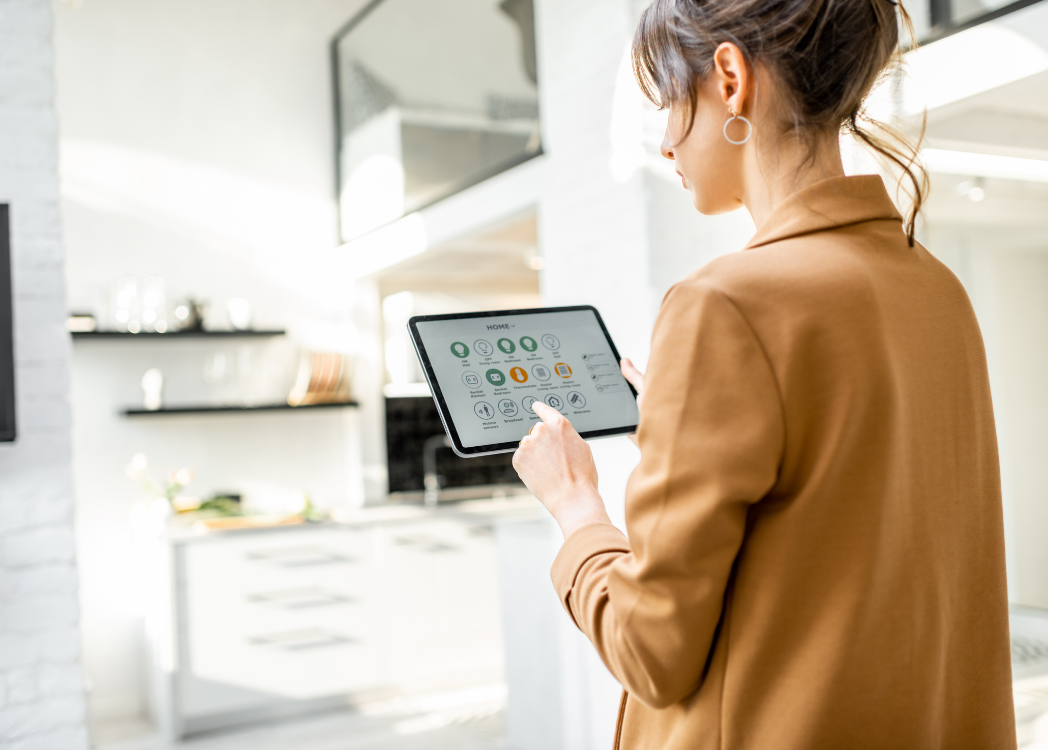
Planning Your Smart Home
Before purchasing devices, consider:
- Wi-Fi Coverage: Smart devices depend on strong, consistent signals. Evaluate dead spots and consider adding a mesh network.
- Compatibility: Choose devices that work within a single ecosystem—Apple HomeKit, Google Home, Amazon Alexa, or similar—for smoother integration.
- Scalability: Start small but select brands that allow you to add devices later without replacing your entire system.
Documenting serial numbers, installation dates, and app logins helps keep track of equipment and simplifies troubleshooting.
Privacy and Security Considerations
Smart technology introduces new responsibilities:
- Strong Passwords and Updates: Use unique, complex passwords and keep device firmware updated.
- Two-Factor Authentication: Enable it whenever possible for an extra layer of protection.
- Guest Access Controls: Limit who can view cameras or adjust settings.
Treat smart devices like any other part of your home’s security—maintenance and monitoring are key.
Everyday Benefits in a Chicago Home
Smart upgrades can make a tangible difference in daily life:
- Cold-Weather Efficiency: A thermostat that preheats your home before you wake while reducing overnight energy use saves money without sacrificing comfort.
- Peace of Mind: Cameras and sensors provide instant alerts if a package arrives or if a leak starts while you’re away.
- Convenient Lighting: Arrive home after a late commute to a well-lit porch without leaving lights on all day.
Many homeowners start with one or two devices and expand gradually, enjoying small improvements immediately while planning for future upgrades.
Maintenance and Longevity
Smart devices need periodic attention:
- Replace batteries annually or as recommended.
- Check app notifications for firmware updates.
- Clean sensors and camera lenses to maintain accuracy.
Keeping a simple maintenance schedule ensures your investment continues to deliver savings and security year after year.
Final Thoughts
Smart technology is no longer a luxury—it’s a practical upgrade that adds convenience, efficiency, and safety to everyday living. By selecting the right devices and ensuring proper installation, you can enjoy a more connected, responsive home throughout Chicago’s long winters and beyond.

